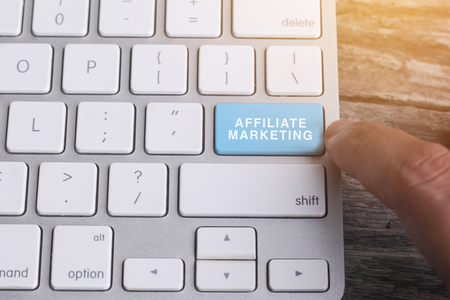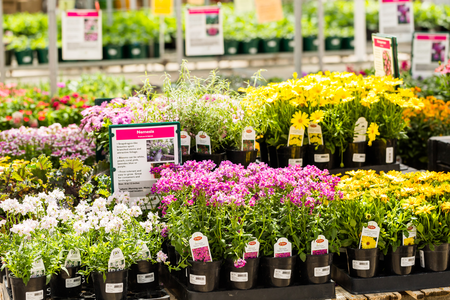Our love-hate relationship with popups
Popups on websites: they can drive you crazy. Thanks to the European Commission you need to close a cookie notification on every website manually, which 99% of the people don’t even read. And once you’ve opened the website, you might get another popup to start a chat, and then a popup to subscribe for website notifications and finally a popup to subscribe to the newsletter.
Well...
The hate for popups is quite obvious in this introduction, but the problem is they do work. Just like how annoying tv commercials can still be effective. It’s time for a blog about popups so you can better understand how you can use these effectively.
1. Popups & timing
When you use popups it’s important to pay attention to the moments when you’re showing these. When you show one immediately after opening the website, chances are that people just close it immediately.
That isn’t strange, because why would you be interested in a discount or newsletter when you’ve only been on the website for 2 seconds?
Furthermore, people are used to closing every popup that’s shown right after opening the website, so even when every visitor sees the same popup that doesn’t mean it’s effective.
It’s better to show the popup after a few seconds. Anybody who has been on the website for 30 to 60 seconds has a genuine interest in your company or projects and is more likely to read the popup. This means that the chances are higher that the pop up is effective.
Are you afraid that some people won’t see the popup this way? It’s better to show a popup to the part of your visitors who will convert, than to just to every visitor who doesn’t read it at all!
2. Not every popup is the same
There are various kinds of popups that you can use in the Garden Connect platform.
A lightbox that you place in the middle of your content is the most annoying (and effective) one.

The cookie notification which is shown in the bottom left or right corner of your website, like here for example:

A slide out that sticks to the left or right side of the screen.

Some websites also use a chat function which is also shown as a popup. The virtual assistant of the Garden Centre Famiflora pops up when you open the website.

Every popup can be used for a different goal. For example:
- A lightbox can be shown when somebody is on your website for 60 seconds, to show the subscription form for the newsletter (we’ll show how this works in the Garden Connect Academy very soon).
- The cookie notification will only be shown while opening the website.
- The slide out button that you can use for making an appointment, or to find contact information is the most passive option.
Keep in mind that you can’t use all of these at the same time, because it will be too annoying for your visitors. We would advise you to only use 1 option at the same time, besides the obligated cookie notification. So you’ll have to choose for either a popup, a chatbox, or a slideout. This prevents your customers from getting too frustrated, but it’s also recommended to maintain your pagespeed.
3. Give discounts with popups
A technique that’s being used very often is to show visitors a popup with the subscription form for the newsletter. As soon as they subscribe, you send them a discount code that they can use for X days.
When you do something like this, don’t show this popup right after 2 seconds, because visitors don’t have a clue what you have to offer. We would suggest to show this popup later, for example after 60 seconds. There’s another option in the Garden Connect platform, which is called the ‘exit intent’. When it seems like the visitor is leaving the webshop, the popup will be shown.
That’s handy because it helps you to improve your conversion rate.
As soon as the visitor sees the discount code, the chance is likely that he will use it. People don’t like to miss out on discounts and they made an effort (they subscribed to the newsletter) so the psychological pressure to use it is high.
We don’t recommend using these options on a regular basis, but you can use them for slow moments. For example when it’s cold in May and it’s quieter than usual.
Use popups in moderation, but don’t underestimate their power
So yes, popups are annoying, but they can also be very effective. Make sure to use them in moderation and don’t show them immediately after opening the website.
And when you do something new, monitor the effect in Google Analytics. This helps you to see if it’s effective and if it’s worth repeating in the future. Otherwise, you know it’s better not to disturb your visitors with annoying popups.



